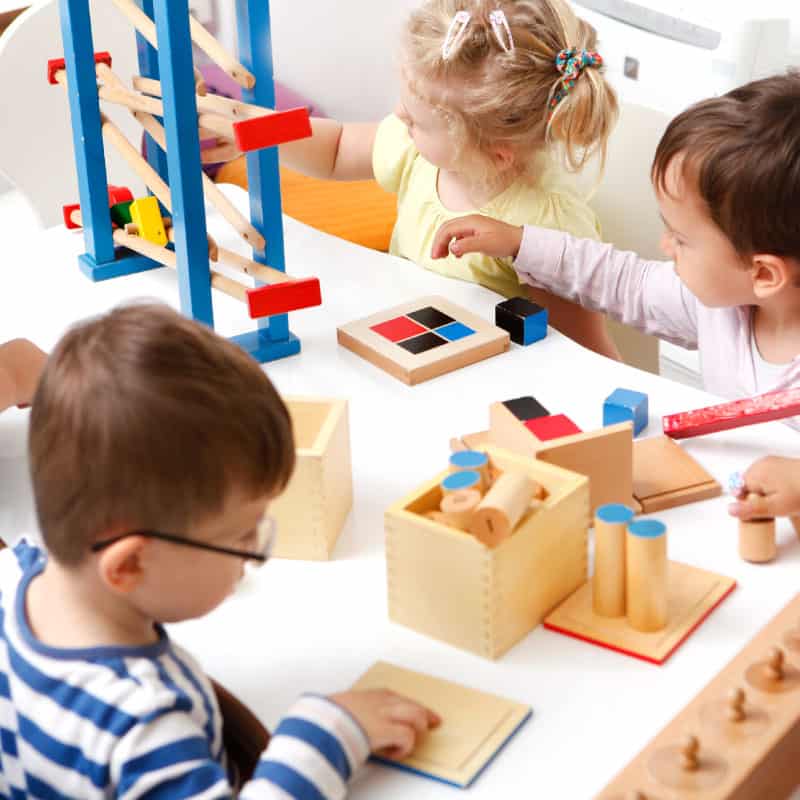WHY MONTESSORI
IS IT RIGHT FOR MY CHILD?
RESOURCES
Here are some online resources to help you decide if a Montessori-style education is right for your child. If you still have questions after watching the videos, just let us know. We would love for your child to join us for a free Discovery Day!
Montessori Madness! A Parent Guide
Trevor Eissler, the children’s book author and international speaker, is the parent of three Montessori-educated children. In his book Montessori Madness! A Parent to Parent Argument for Montessori Education, he makes the case that Montessori education best prepares children for the world outside of the classroom.

Montessori Education for the Early Childhood Years
The DVD “Nurturing the Love of Learning” – produced by the American Montessori Society (www.amshq.org) – shows how Montessori education nurtures learning for children from the ages of 3 to 6. Over 1,000 schools are using this DVD to educate parents. It is available for purchase from www.edvid.com.
Watch the “Love of Learning” Video Excerpt

Follow the Child
Montessori teachers introduce students to learning material and exercises that are both compelling and developmentally appropriate. Your child chooses from the classroom shelves when he or she is ready. The classroom is filled with excellent choices.
Children innately desire to repeat lessons until they gain a sense of mastery. At times, your child may choose to return to a previously mastered activity to re-experience the confidence-building feelings that mastery provides. In these ways and more, the Montessori education serves to “follow the child.”

Comparison of Montessori and Traditional Education
Emphasis on Cognitive and Social Development
Teacher has guiding role
Environment and method encourage self-discipline
Primary individual instruction
Mixed age groups
Grouping encourages children to teach and collaborate
Child chooses own work
Child discovers own concepts from self-teaching materials
Child is allocated time to work on and complete lessons
Child sets own learning pace
Child spots own errors from feedback on material
Emphasis on Rote Learning and Social Behavior
Teach controls classroom
Teacher acts as primary enforcer of discipline
Mainly group instruction
Same age groups
Teaching is done by teacher; collaboration is discouraged
Curriculum structured for child
Child is guided to concepts by teachers
Child generally allotted specific time for work
Instruction pace set by group
Errors in child's work highlighted by teacher
Still Not Convinced?
Contact us and we’ll answer any questions you have about a Montessori Education.

